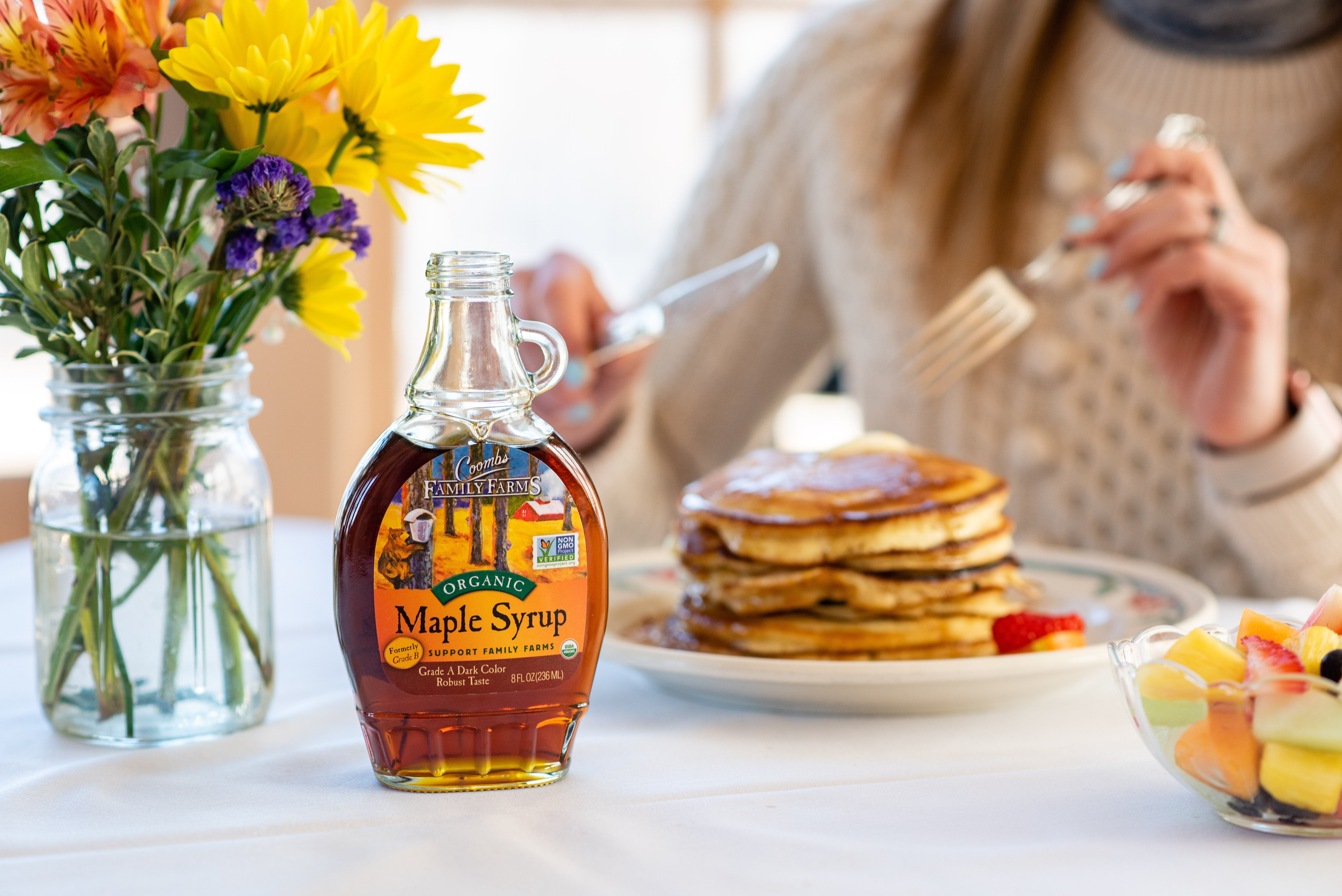Bhatta, S., Ratti, C., & Stevanovic, T. (2019). Impact of drying processes on properties of polyphenol‐enriched maple sugar powders https://doi.org/10.1111/jfpe.13239
Funding information: Natural Sciences and Engineering Research Council of Canada, Grant/Award Number: RDCPJ‐452658‐13
Abstract
The aim of this research was to develop a natural food ingredient based on maple sugar powders (MSP) enriched in polyphenols. By incorporating 0.01% (wt/vol) of hot water extract (hot water extraction: 90°C and 1 hr; bark/water, 1/10 wt/vol) from sugar and red maple bark into substandard quality maple syrup, the latter was enriched by 13–20% in total phenolic content (TPC). The mixtures (syrup and extracts) were dehydrated using freeze‐drying (FD: at −36°C for 15 hr and subsequently at 30°C for 10 hr) or vacuum double‐drum drying (VDD: at 80°C and 660 Torr) to obtain the powders. Influence of drying processes on TPC, antioxidant capacity, and physical properties of powders was studied. Both drying processes caused a decrease in TPC and antioxidant capacity of MSP. Nevertheless, bark extracts contributed to higher TPC (8–10%) and antioxidant capacity (>40%) compared to control MSP. The moisture content of VDD powders (0.63–0.71%, dry basis) was significantly lower than that of FD powders (4.10–4.40%, dry basis). MSP produced by FD were amorphous and those produced by VDD crystalline. FD powders had instant‐like properties (dissolution time of 12–13 s), whereas those produced by VDD were less cohesive (Hausner ratio, 1.13–1.21), with excellent flowability.

